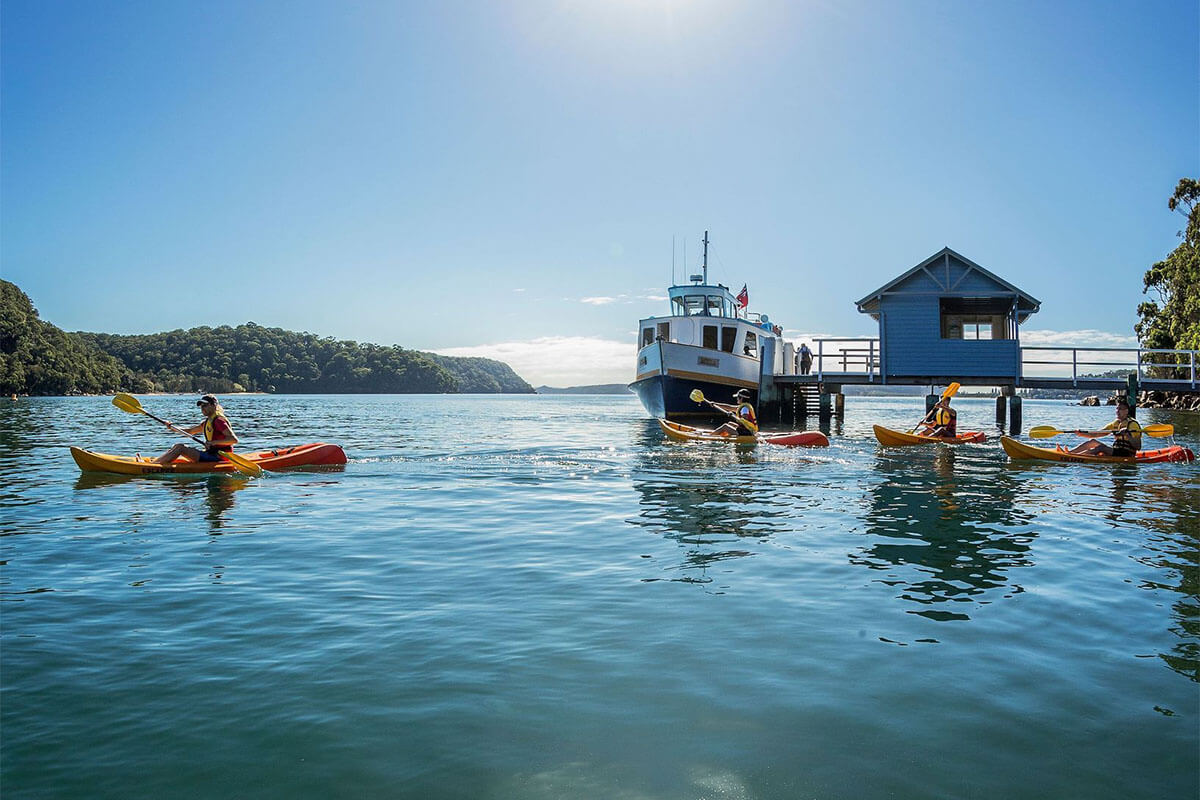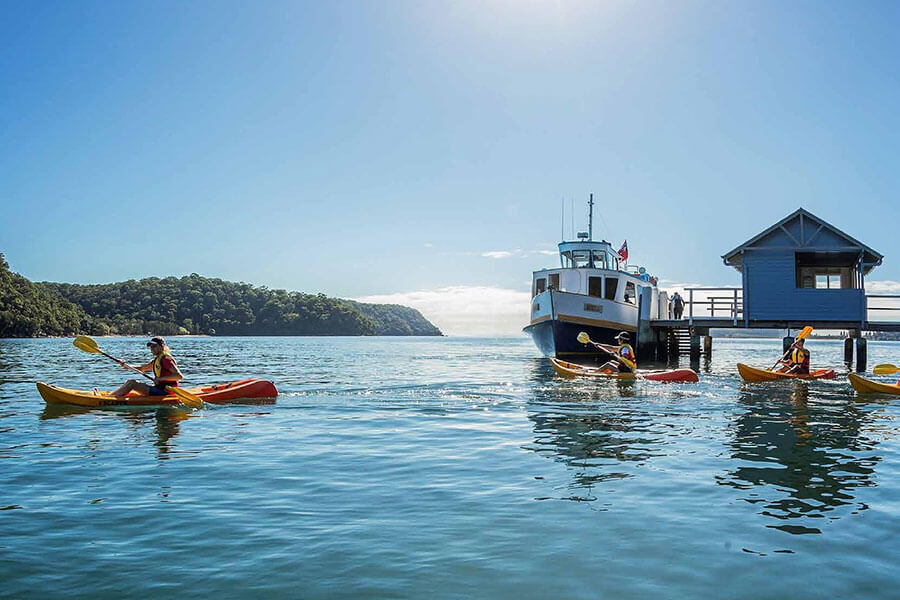Our key priorities are community connections, economic progress, Aboriginal land rights, and protecting cultural heritage and environmental assets.
Key priorities
The diversity and extent of the Crown estate mean it will continue to play a role in bringing communities together. The Crown estate already benefits from contributions by many different stakeholders, including local government, community and not-for-profit organisations, and individual volunteers. Determining local public value and ensuring ongoing community benefits are key to implementing Crown Land 2031. Strong community connections will remain essential.
Outcomes
- Crown land manager network grows in size and capability.
- Crown land assets are accessed, activated and sustained.
- New opportunities for community hubs are identified and enhanced.
Crown land can be used in many different ways to facilitate investment and economic growth. Crown land 2031 establishes a strategic framework to encourage investment, facilitate innovative new uses and rethink the way in which Crown land contributes to the economy.
Outcomes
- Increase in community benefit from investment on Crown land.
- Regional tourism diversifies through activation of Crown land.
- Innovative industries prosper in the regions.
Aboriginal land rights and native title interests are key to reconciliation and achieving economic, social, cultural and environmental outcomes in NSW. Crown land 2031 provides a commitment to uphold and progress land rights and native title interests in NSW.
In addition to supporting these existing processes, it provides for working with Aboriginal landowners and native title holders in the co-design and adoption of co-management strategies to unlock multiple benefits from land.
Outcomes
- Land returned to Aboriginal communities.
- Multiple co-management initiatives are established.
- Measurable contribution to national ‘Closing the Gap’ targets.
Crown land encompasses important cultural heritage including Aboriginal heritage assets, both built and natural. As part of a whole-of-government approach, Crown land has an ongoing role in the protection of cultural heritage and Aboriginal heritage in NSW.
Outcomes
- Cultural heritage sites on Crown land are identified and protected.
- Aboriginal sites on Crown land are identified and protected in partnership with local communities.
- Aboriginal people lead the management of Aboriginal culture and heritage on Crown land.
Crown land 2031 will prioritise the identification, protection and expansion of environmental assets on Crown land, expand green and open space and promote activities that build climate resilience.
Outcomes
- Green spaces in urban areas are increased.
- Environmental values on Crown land are identified, enhanced and protected.
- Crown land contributes to climate resilience.
Consultation for Crown land 2031
In creating the Crown land 2031 plan, we talked to lots of different people who care about the land. This included groups and individuals from the community who shared their thoughts and ideas to help shape the plan.

